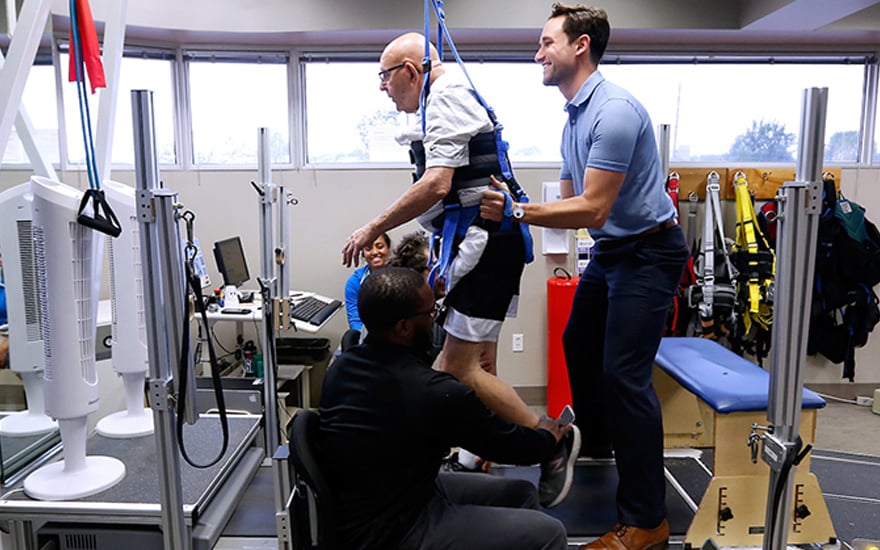Grasping different Methods toward Physiological Therapy for Enhanced Restoration and Restoration
Grasping different Methods toward Physiological Therapy for Enhanced Restoration and Restoration
Blog Article
Physical therapy is an significant component of healing and rehabilitation for many patients. It helps people restore strength, boost mobility, and lessen discomfort after injuries or procedures. Various methods to physiological therapy, each crafted to address the distinct requirements of clients. Comprehending these different techniques can help patients make educated choices about their recovery path.
One frequent method to physical treatment is hands-on therapy. Such method entails direct treatment by a physiological practitioner to adjust muscle groups and connections. Manual therapy can aid relieve soreness, enhance blood flow, and increase range of motion. Practitioners may employ techniques such as manipulation, joint adjustment, and flexibility exercises to aid clients recover. Such approach is commonly helpful for those with musculoskeletal problems, such as back pain or arthritis, as it concentrates on the bodily components of recovery.
Another significant approach is restorative exercise. Such method includes targeted movements tailored to enhance vigor, balance, and control. Physical practitioners create customized movement regimens based on the client's condition and objectives. Such movements can differ from simple exercises to increasingly complex tasks. Therapeutic physical activity is essential for rebuilding power after an injury and preventing subsequent complications. It furthermore helps clients regain belief in their bodily capabilities, which is crucial for total recovery.
Water-based rehabilitation is an additional helpful technique that employs aqua to support in healing. Such technique takes advantage of the buoyancy of water, which lessens the stress on connections and facilitates easier motion. Individuals can perform exercises in a pool, making it a great option for those with constrained flexibility or discomfort. Aquatic therapy can help enhance power, range of motion, and stamina while delivering a supportive environment for recovery. It is notably advantageous for clients rehabilitating from operations or those with long-term soreness problems.
Finally, knowledge and personal management are crucial components of physical rehabilitation. Physical therapists also deliver care but additionally instruct patients about their situations and how to handle them. This comprises comprehending physical mechanics, alignment, and the value of being engaged. Through empowering clients with understanding, practitioners assist them take an engaged position in their healing. Such technique promotes individuals to carry on their healing beyond the scope of treatment appointments, resulting to better enduring results.
In conclusion, physical therapy provides various approaches to improve rehabilitation and restoration. Hands-on therapy, rehabilitative movement, water-based therapy, and education all have important roles in aiding patients regain their vigor and flexibility. Every method is designed to satisfy the individual demands of clients, guaranteeing a click here to find out more holistic technique to recovery. By grasping these various techniques, clients can better handle their rehabilitation journey and work towards reaching their rehabilitation objectives.